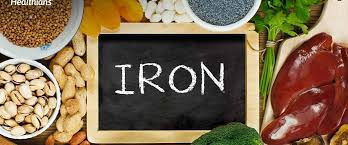Iron
- laurenwilding
- Mar 3
- 1 min read

When we think of iron deficiencies, we may think of looking pale and feeling tired. Interestingly, having optimal iron levels (not just adequate or ‘normal’), is necessary for a whole host of things including:
- Body temperature
- Thyroid function
- Immune function
- Oxygenation of the blood – to be carried to every organ and tissue, without which they cannot function optimally
Some lesser known signs of iron deficiency include the following (although to note these can also be caused by other things)
- Headaches
- Pale gums and nails
- Irregular heartbeat
- Shortness of breath
- Dizziness
- Easy bruising
Optimal iron levels are reliant on not only intake of iron rich foods, but also gut health – as if our gut is out of whack, we won’t absorb our nutrients properly. Addressing gut issues would be a great place to start, other than that we can increase our iron intake with the following foods:
- Red meat
- Leafy greens
- Spirulina
- Cacao
- Nuts and seeds
- Lentils, beans and chickpeas
- Quinoa (great rice replacement)
If iron levels are low on blood tests, sometimes supplementation is advised. The common form of iron given is called ferrous fumerate, which can be constipating. Iron bisglycinate is a superior form as is non-constipating and much more available for absorption. Important to note to never supplement iron yourself without blood testing done, as too much can be dangerous. If you suspect your iron levels are low, start by increasing iron rich foods and addressing gut health.


Comments